Having trees in your yard can be a wonderful way to add value to your property, privacy to your outdoor space, and beauty to your landscape. Unfortunately, trees can also succumb to injury, disease, and pests that can damage them beyond repair. However, with the right preventative measures, you can protect your trees from harm and ensure they stay healthy and vibrant year-round.
In this article, we will cover the most common diseases and pests that can harm your trees, how to identify them, how to take preventive action, what permanent damage may occur if left untreated, and cost-effective strategies for controlling these diseases and pests.
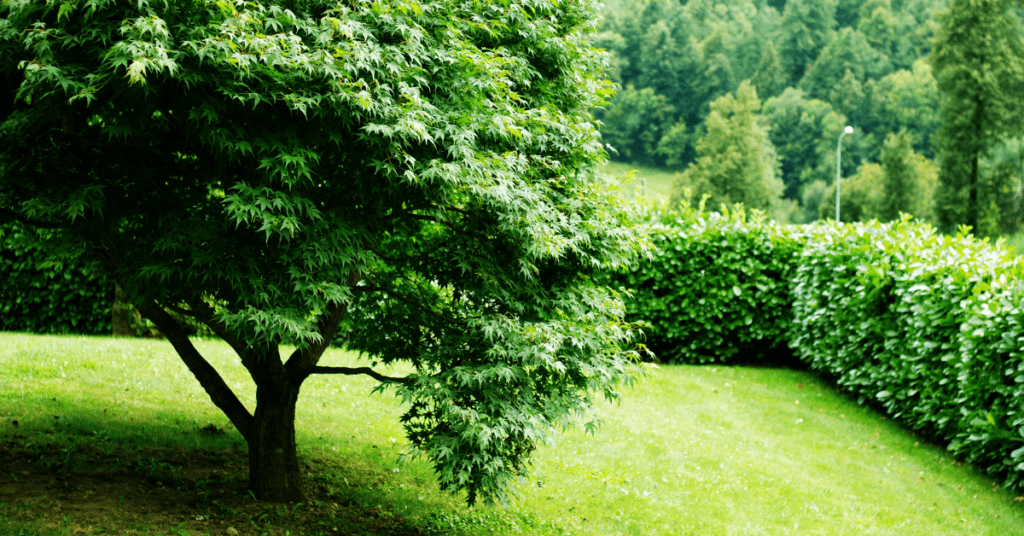
What are the Most Common Diseases and Pests that Can Harm My Trees?
When it comes to protecting your trees from injury and disease, knowledge is power. It’s important to be aware of what pests and diseases are most likely to affect your trees so that you can take the necessary steps to prevent them from doing so. Some of the more common types of tree diseases and pests include leaf blight, root rot, powdery mildew, witches’ broom, canker, tent caterpillars, aphids, bark beetles and spongy moths.
Leaf Blight
A disease causing browning, wilting, and death of tree leaves. It’s characterized by discoloured spots on leaves, which can spread, leading to extensive leaf damage. Mostly caused by fungi, and is promoted by warm, humid climates. Can cause significant tree damage if not treated early.

Root Rot
A condition where a tree’s roots decay, often caused by fungi or waterlogged soil conditions. Symptoms include wilting and discolouration of leaves, stunted growth, and plant death. Roots appear black and mushy. Best prevented by ensuring proper soil drainage and not overwatering. Affected plants and surrounding soil usually need to be removed to prevent disease spread.
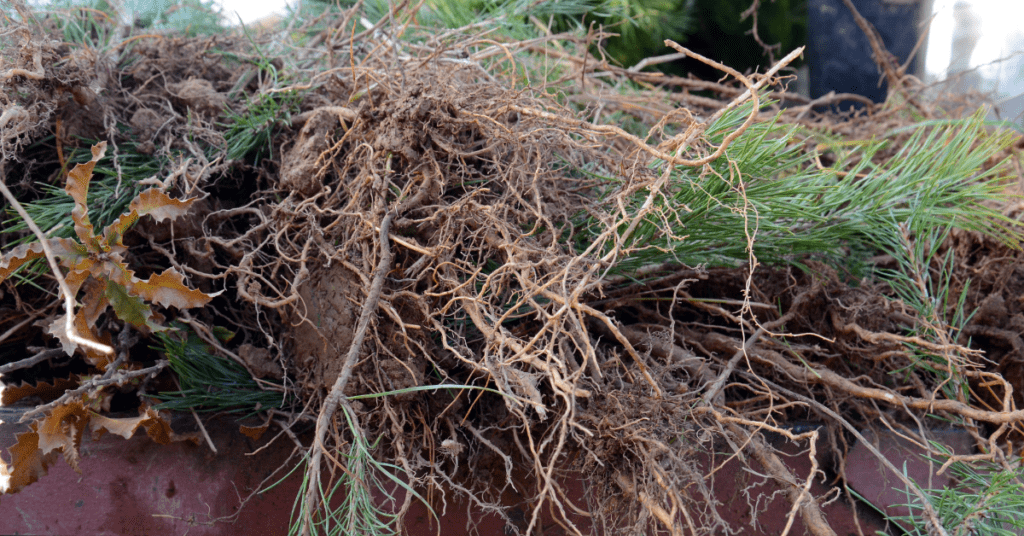
Powdery Mildew
Powdery mildew is a fungal infection that results in grayish-white patches covering leaves. The leaves may become distorted and turn yellow or red before dropping off. Tiny black dots will appear over the white patches in late fall.

Witches’ Broom
Witches’ broom results from a variety of fungi that infect branches in a flaglike effect. Dead foliage forms in different areas of the tree.
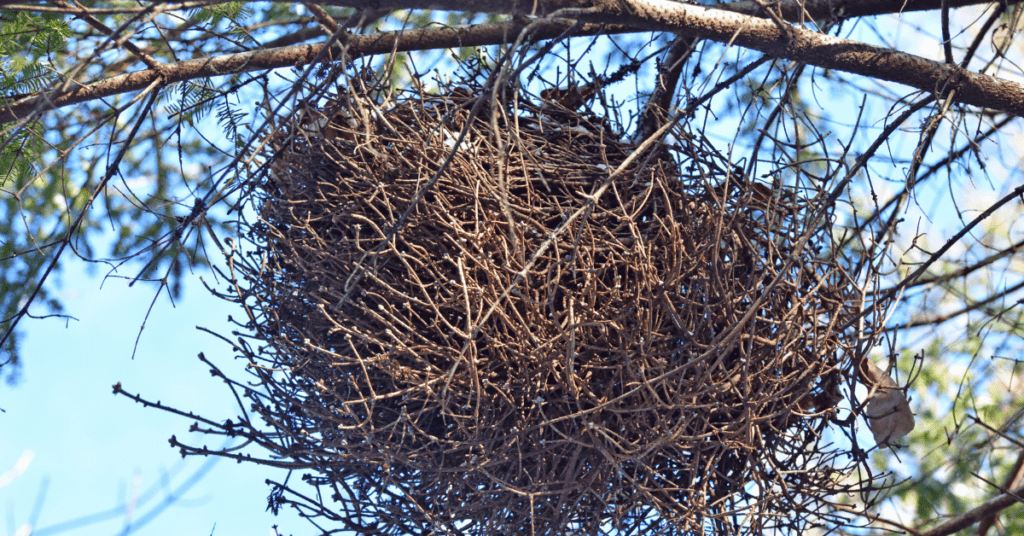
Canker
Cankers are wounds on the bark of trees that form when bacteria enter a weakened part of the plant. Cankers can cause severe deformities and can even kill young trees in some cases.

Tent Caterpillar
This insect is known for creating silk tents in trees where they group and feed on leaves. They are mostly found on hardwood trees and can cause significant defoliation.
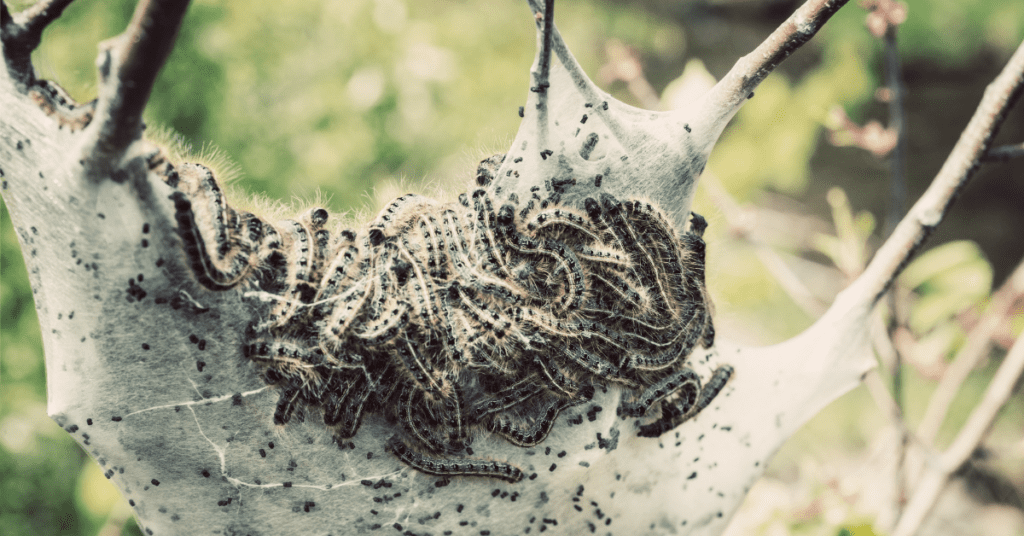
Aphids
These are small, soft-bodied insects that feed on plant sap, often found in large numbers on the undersides of leaves or on stems. They can cause yellowing, curling of leaves, and stunted growth.
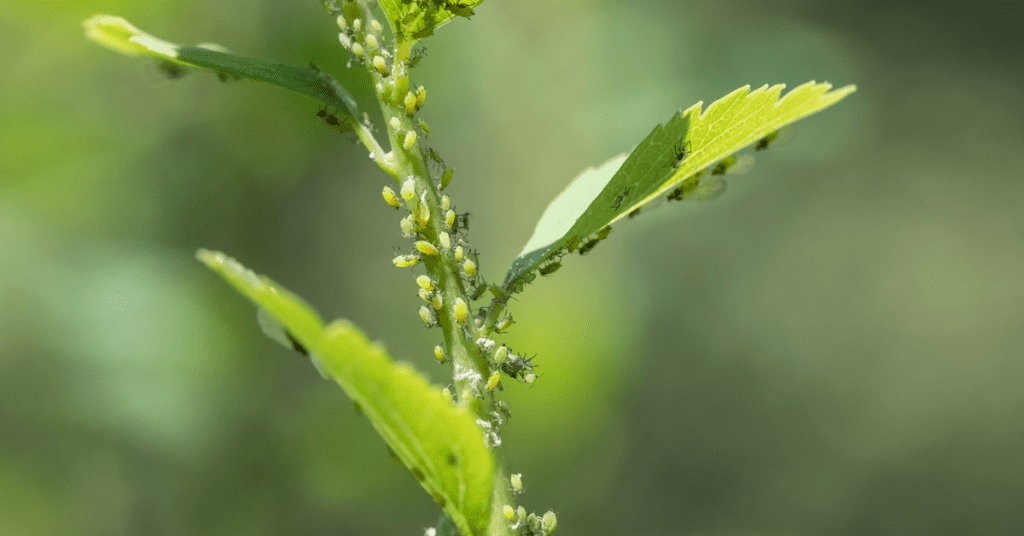
Bark Beetle
Small beetles that burrow into tree bark to lay their eggs, disrupting the tree’s ability to transport water and nutrients. Infestations can lead to significant tree damage or death.

Spongy Moth (formerly known as gypsy moth)
This invasive species is known for its voracious appetite, with caterpillars that can consume the leaves of over 500 different tree species, causing massive defoliation and tree stress.
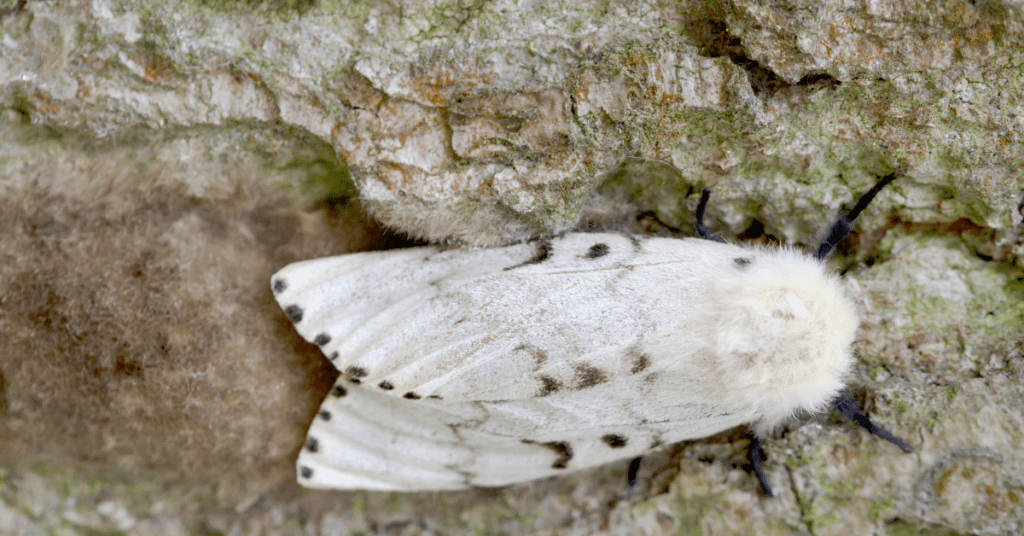
How Can I Identify These Diseases and Pests?
Identifying tree diseases and pests can help you take the proper steps to treat them and prevent future occurrences. Here are some guidelines for identifying each of the diseases and pests discussed above:
Powdery Mildew
When this common plant disease hits, you’ll see leaves covered with a thin layer or irregular patches of a powdery, grayish-white material. The leaves may become distorted. Infected leaves may turn yellow or red and drop. In late fall, tiny black dots are scattered over the white patches like pepper grains.
Witches’ Broom
A prolific broom infection has the potential to pop up all over the tree, destroying it in some cases. Spotting abnormal clusters of dense and compact twigs that resemble a broom or bird’s nest. These growths often occur at the ends of branches and are caused by various fungi, bacteria, viruses, mites, or genetic mutations. The affected tree may also exhibit stunted growth, diminished fruit production, and in some cases, discolouration or deformity of leaves. Each ‘broom’ can persist for several years, making the disease easier to spot even in off-seasons. Trees are susceptible to infection of witches’ broom at vulnerable points, such as where there’s been pruning or injury.
Canker
On young or smooth-barked trees, the surface of the canker is often discoloured, and tissue around the canker is enlarged. The size of a canker can range from a small lesion on a branch to a massive dead area on the plant’s trunk. Cankers on young trees can kill them. They rarely kill established trees, but they may cause severe growth deformities.
Leaf Blight
It starts with observing the leaves. Initial signs include the appearance of discoloured spots, which can be yellow, brown, or black, and their size may vary. As the disease progresses, entire leaves may discolour, usually turning brown or yellow. Advanced stages of leaf blight often cause leaves to wilt, and in severe cases, can lead to widespread defoliation as the diseased leaves die and fall off the tree.
Root Rot
Look for above-ground symptoms such as wilting or browning leaves and stunted growth. If suspected, check the roots, which may appear dark, mushy, and possibly have a foul smell, unlike healthy roots that are firm and light-coloured. Fungal growth at the tree base or on the roots could also be present.
Tent Caterpillar
These caterpillars are known for the silky, tent-like structures they build in tree branches. They are hairy, often with blue, white, or black colouration, and can be seen in groups on their tent structures.
Aphids
They are tiny, often green, although some species can be other colours. They congregate on the undersides of leaves or stems. Damage signs include yellowing leaves, stunted growth, and a sticky residue called honeydew.
Bark Beetle
These are very small beetles, often less than a quarter inch long, making them hard to see. Identification is usually by the tiny, round holes they leave on tree bark, or ‘sawdust’ from their boring activity.
Spongy Moth
The caterpillar stage is easier to identify, with hairy bodies and distinctive colour patterns, often blue and red. Look for massive defoliation in trees, as they are known for their high appetite.
Are There Any Preventative Measures I Should Take to Protect My Trees Against Diseases and Pests?
Once you know what diseases and pests are most likely to affect your trees, the next step is to take the necessary steps to prevent them from doing so. Some of the best ways to protect your trees from infestation and infection include:
1. Pruning Regularly
Pruning your trees, an essential tree maintenance practice explained in detail in our article on the difference between tree trimming and pruning, on a regular basis encourages healthy growth and eliminates dead or weak branches, preventing them from providing havens for pests and diseases.
2. Avoid Stress
Making sure that your trees get enough sunlight, nutrients, and water helps keep them healthy and reduces the likelihood of infection and infestation.
3. Disease-Resistant Varieties
Planting disease-resistant species of trees helps make it difficult for opportunistic pests and diseases to attack them.
4. Use Mulch
Adding mulch around the base of the tree helps protect it from temperature swings and compaction, keeping it healthy and strong.
5. Use Fungicides and Pesticides
If an infestation or infection does occur, applying fungicides or pesticides will help combat the threat quickly and effectively.
Will My Tree Suffer Permanent Damage if I Do Not Take Action Quickly After Infestation or Infection of a Disease?
Yes, unfortunately, failure to act quickly after an infestation or infection, some of which are outlined in our article on 6 signs it might be time to remove your tree, can lead to significant and permanent damage to your trees. Depending on the severity of the infestation or infection, it could prove difficult to save the tree. Therefore, it is important to immediately begin treating the tree if an infestation or infection occurs.
How Long Does it Typically Take for an Infected or Infested Tree to Die Off Completely?
The length of time it takes for an infected or infested tree to die off completely depends on a variety of factors, including the type and severity of the issue, the tree’s overall health, and the effectiveness of treatment. Generally, it can take anywhere from a few weeks to several years for a tree to die from an infection or infestation, but there are signs you can watch for, as discussed in our article on how to tell if a tree needs to be cut down.
What Are Some Cost-Effective Strategies That I Can Use to Control Diseases or Pests on My Trees?
There are several cost-effective strategies you can use to control diseases and pests on your trees. These include:
1. Natural predators
Encouraging the presence of natural predators in your yard, which can also serve as a method for preventing storm damage to your trees, can help keep insect populations in check. Ladybugs, birds, and wasps are all beneficial for this purpose.
2. Neem oil
Neem oil is extracted from the neem tree and is an organic way to control a range of pests without the use of chemical pesticides.
3. Micro-organisms
Adding beneficial microorganisms to the soil helps enhance its fertility and promote tree health, reducing susceptibility to pests and diseases.
4. Maintaining tree health
Ensuring proper nutrition, maintenance, and following proper pruning practices, as discussed in our article, all help contribute to growing healthy, strong trees that are less likely to be damaged by insects or fungal infections.
Conclusion
Maintaining the health and vitality of your trees, which we’ve covered in our guide on how to properly maintain each variety of trees, is critical to preserving their beauty and contribution to your landscape. By understanding the most common diseases and pests that can affect your trees, identifying the signs of infestations and infections early on, taking preventive action to protect your trees, and implementing cost-effective strategies to control diseases and pests, you can protect your trees from harm and ensure they remain healthy and vibrant for years to come.
Now that you’re armed with the knowledge to protect your trees from diseases and pests, it’s time to take the next step. Regular tree care and maintenance is crucial for keeping your trees healthy, vibrant, and beautiful. If you need help with tree services, whether it’s pruning, disease control, or pest prevention, don’t hesitate to reach out to us. Check out our tree services in Victoria, BC for tailored local services. Together, we can ensure the long-term health and beauty of your trees. Don’t wait, your trees deserve the best care today!


